GPCR/G protein
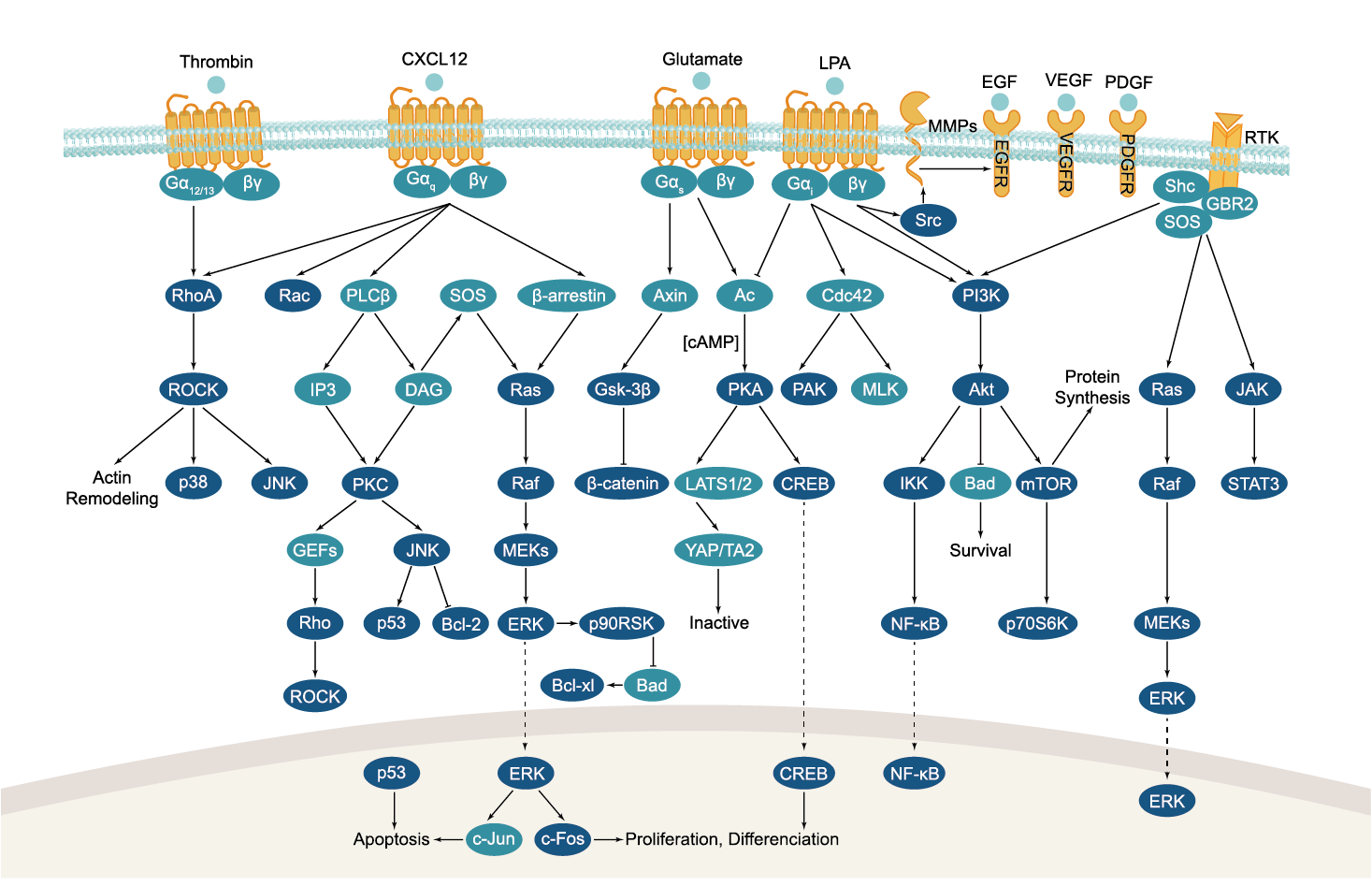

All GPCRs share a common seven trans-membrane structure. GPCRs are associated with heterotrimeric G-proteins which are GTP-binding proteins made of alpha, beta, and gamma subunits. When a ligand binds to GPCR, it activates the attached G-protein, the GDP is replaced with GTP. The activated G-protein then dissociates into an alpha and a beta-gamma complex which activates downstream signaling pathways. These intracellular signaling pathways include cAMP/PKA, calcium/NFAT, phospholipase C, protein tyrosine kinases, MAP kinases, PI-3-kinase, nitric oxide/cGMP, Rho, and JAK/STAT.
GPCRs are one of the most important therapeutic targets for various diseases, over 30% of all modern medicinal drugs target this family. Aberrant GPCR functions are involved in pathological conditions such as neurological, immunological and hormonal disorders. A large number of GPCRs have been identified, but whose ligands are not known, are classified as orphan receptors.
-
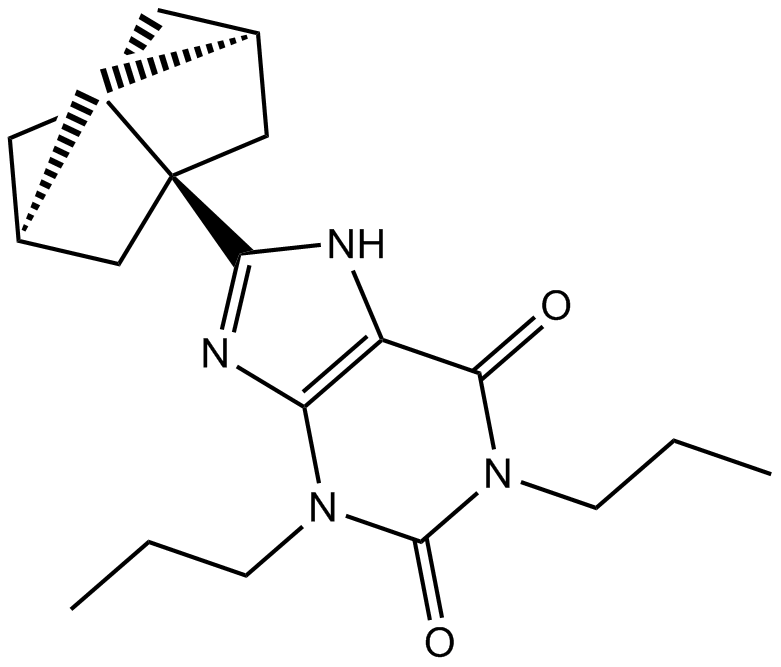 B5537 KW 3902Summary: adenosine A1 receptor antagonist
B5537 KW 3902Summary: adenosine A1 receptor antagonist -
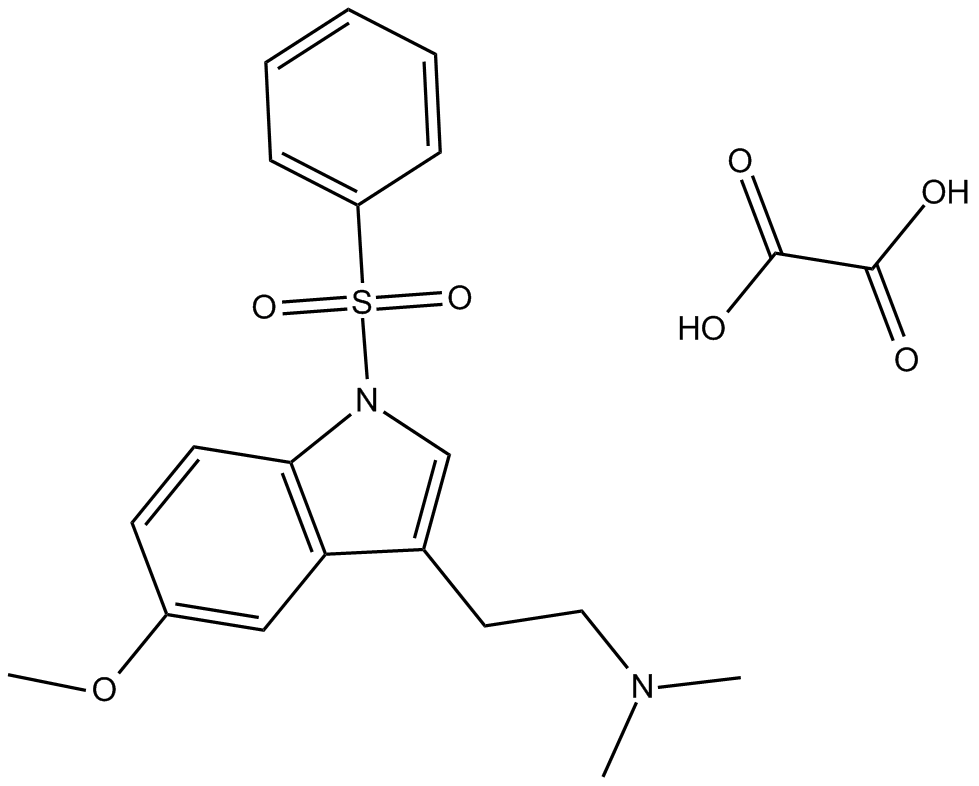 B5540 MS 245 oxalateSummary: 5-HT6 antagonist
B5540 MS 245 oxalateSummary: 5-HT6 antagonist -
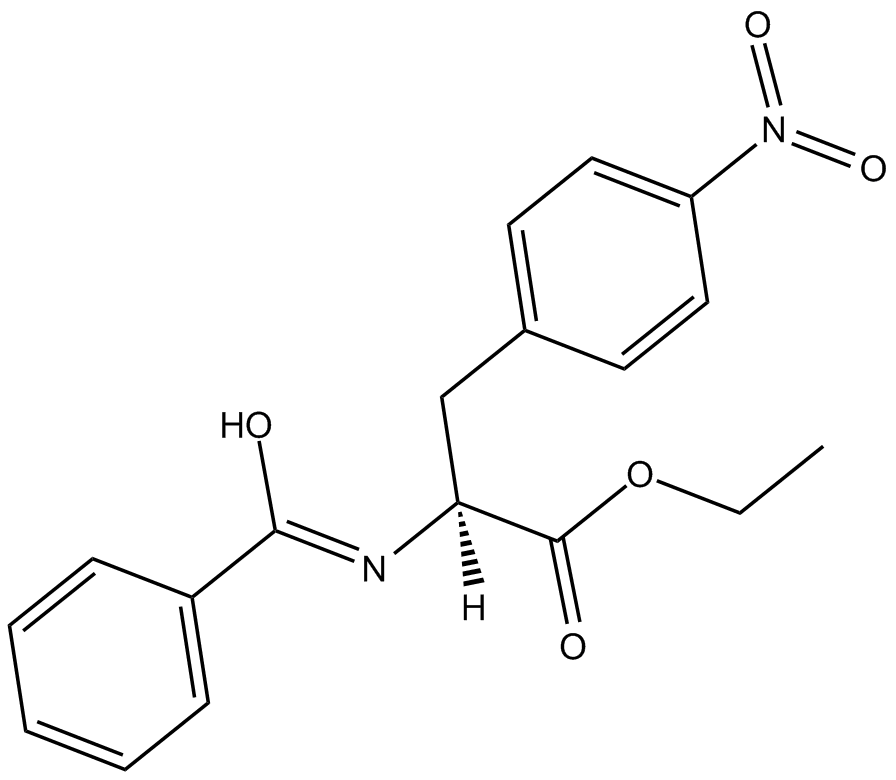 B5542 SB 297006Summary: CCR3 antagonist
B5542 SB 297006Summary: CCR3 antagonist -
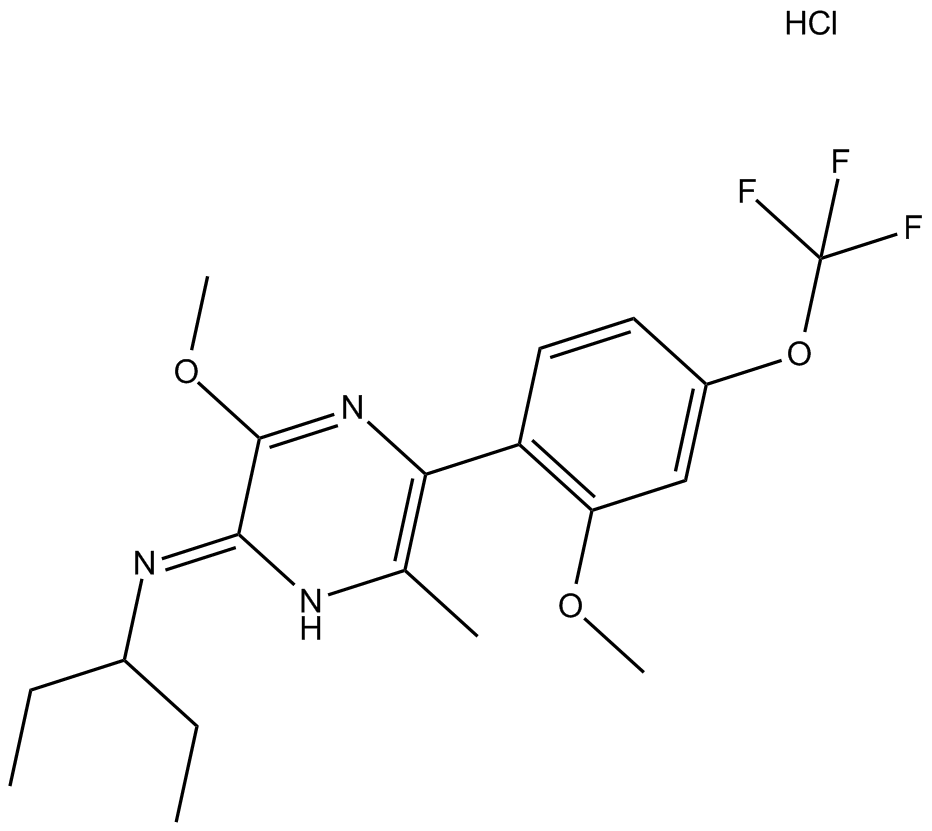 B5552 NGD 98-2 hydrochlorideSummary: corticotropin-releasing factor receptor 1 (CRF1) antagonist
B5552 NGD 98-2 hydrochlorideSummary: corticotropin-releasing factor receptor 1 (CRF1) antagonist -
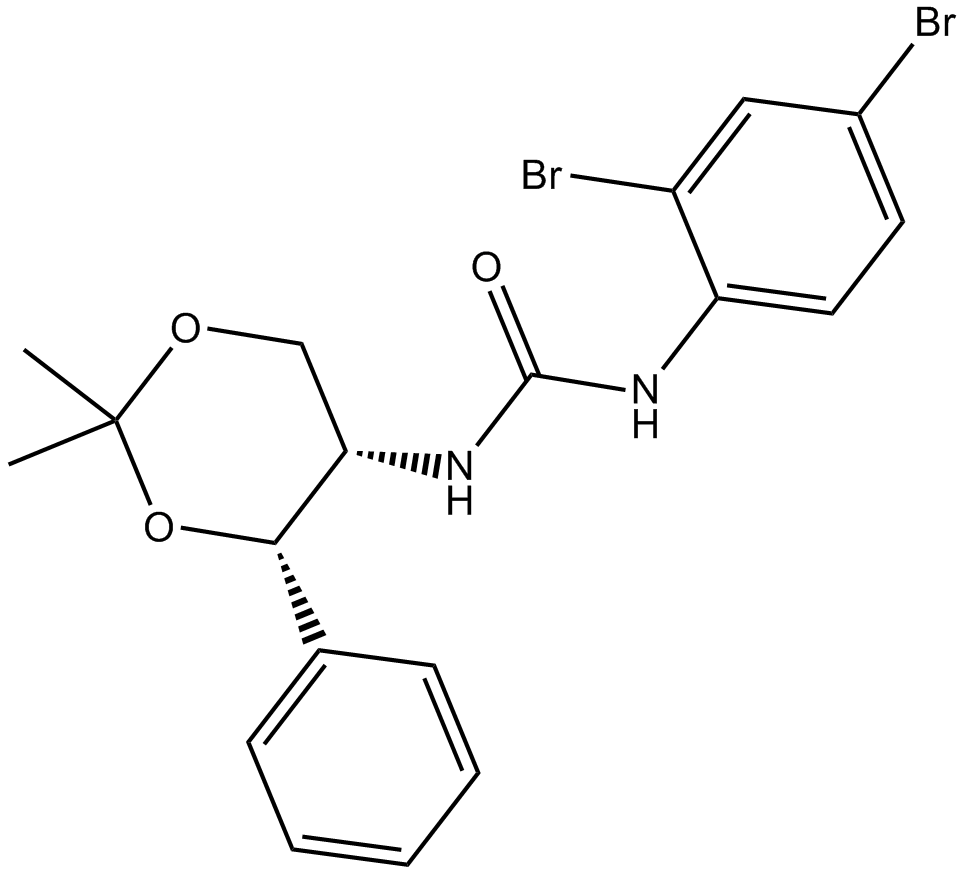 B5553 JNJ 10397049Summary: OX2 receptor antagonist
B5553 JNJ 10397049Summary: OX2 receptor antagonist -
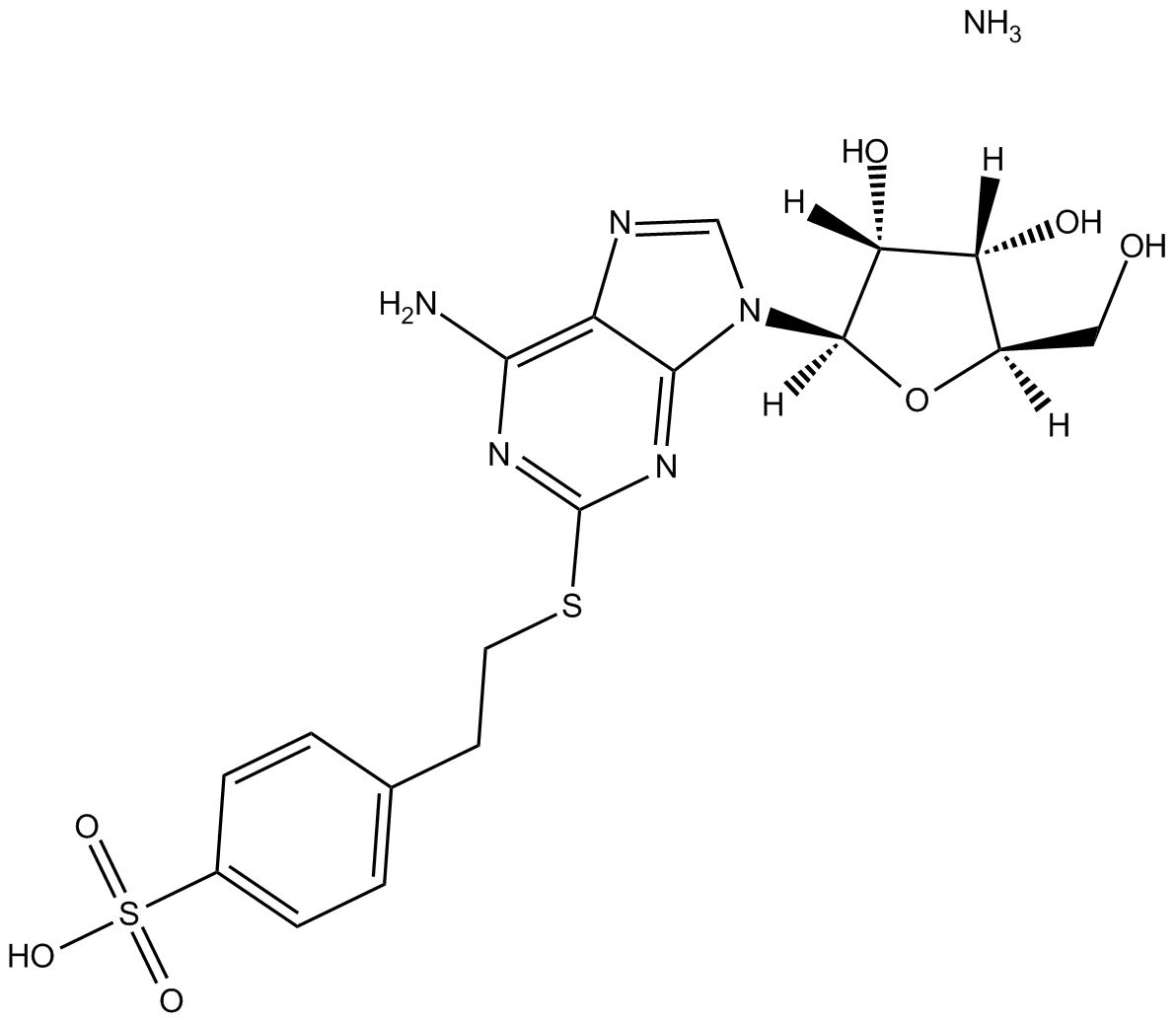 B5557 PSB 0777 ammonium saltSummary: adenosine A2A receptor full agonist
B5557 PSB 0777 ammonium saltSummary: adenosine A2A receptor full agonist -
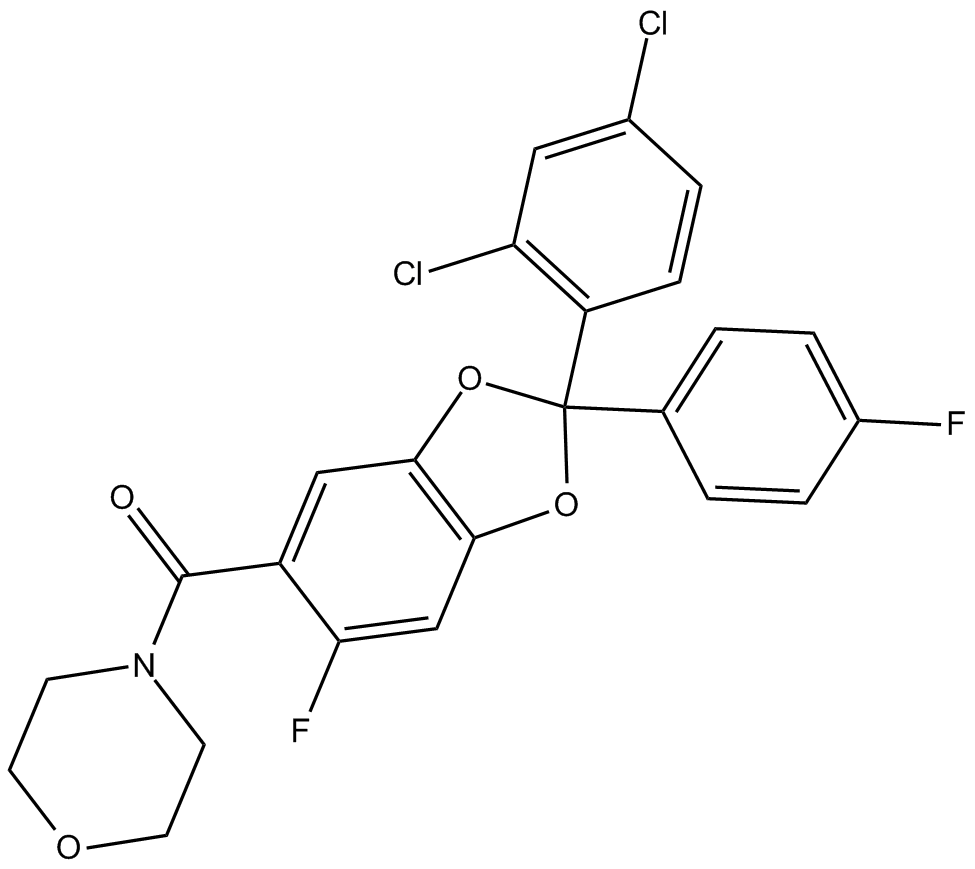 B5559 TC-C 14GSummary: CB1 receptor inverse agonist
B5559 TC-C 14GSummary: CB1 receptor inverse agonist -
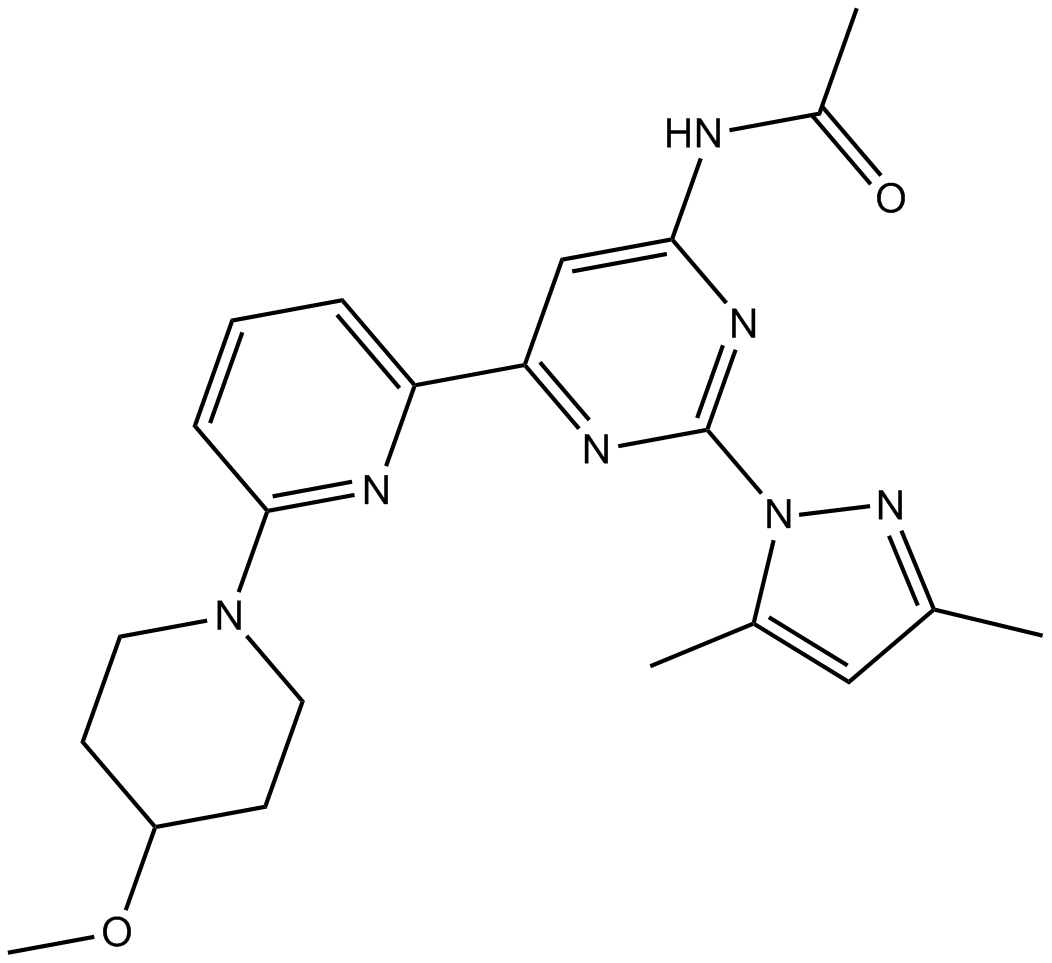 B5580 TC-G 1004Summary: adenosine A2A receptors antagonist
B5580 TC-G 1004Summary: adenosine A2A receptors antagonist -
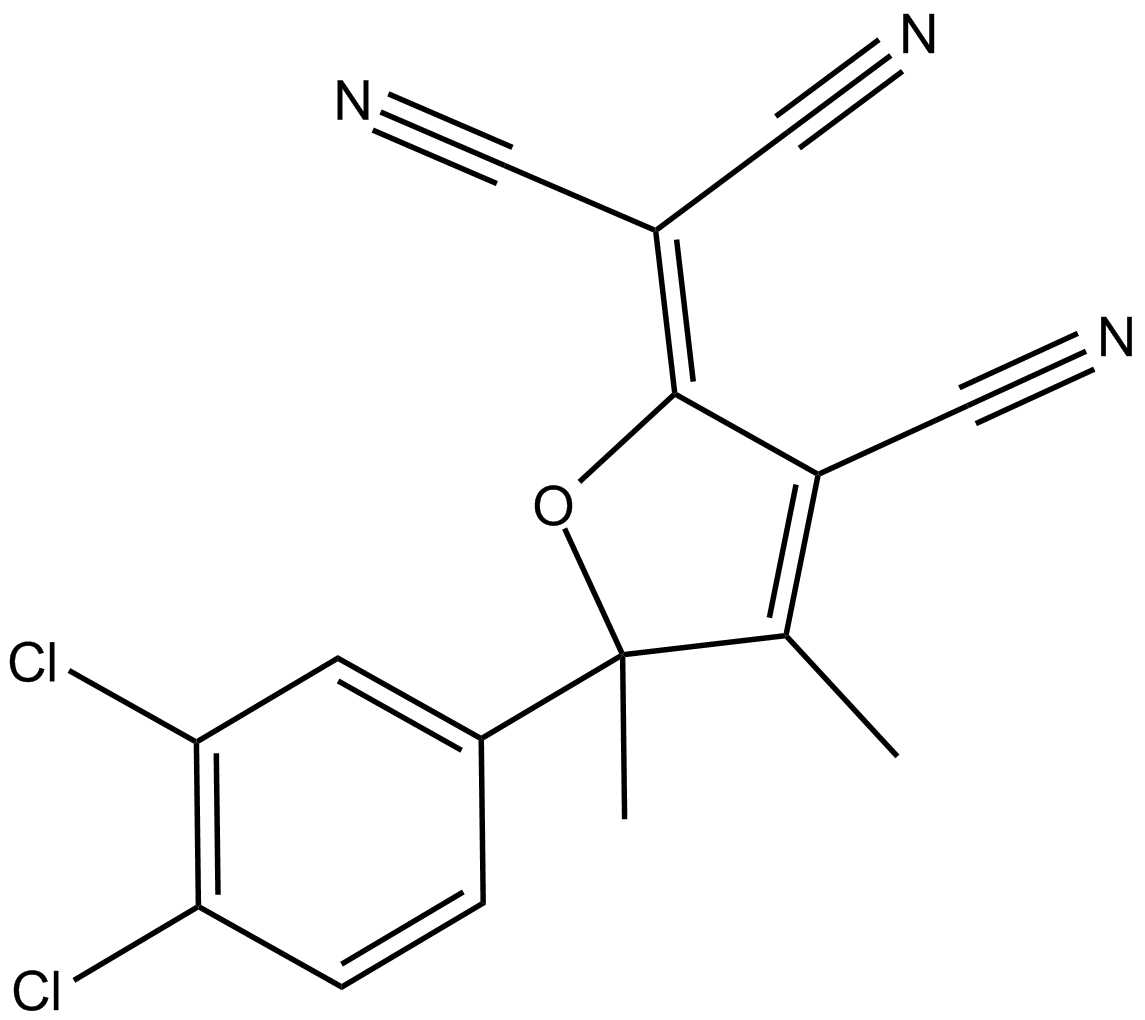 B5603 YE 120Summary: GPR35 agonist
B5603 YE 120Summary: GPR35 agonist -
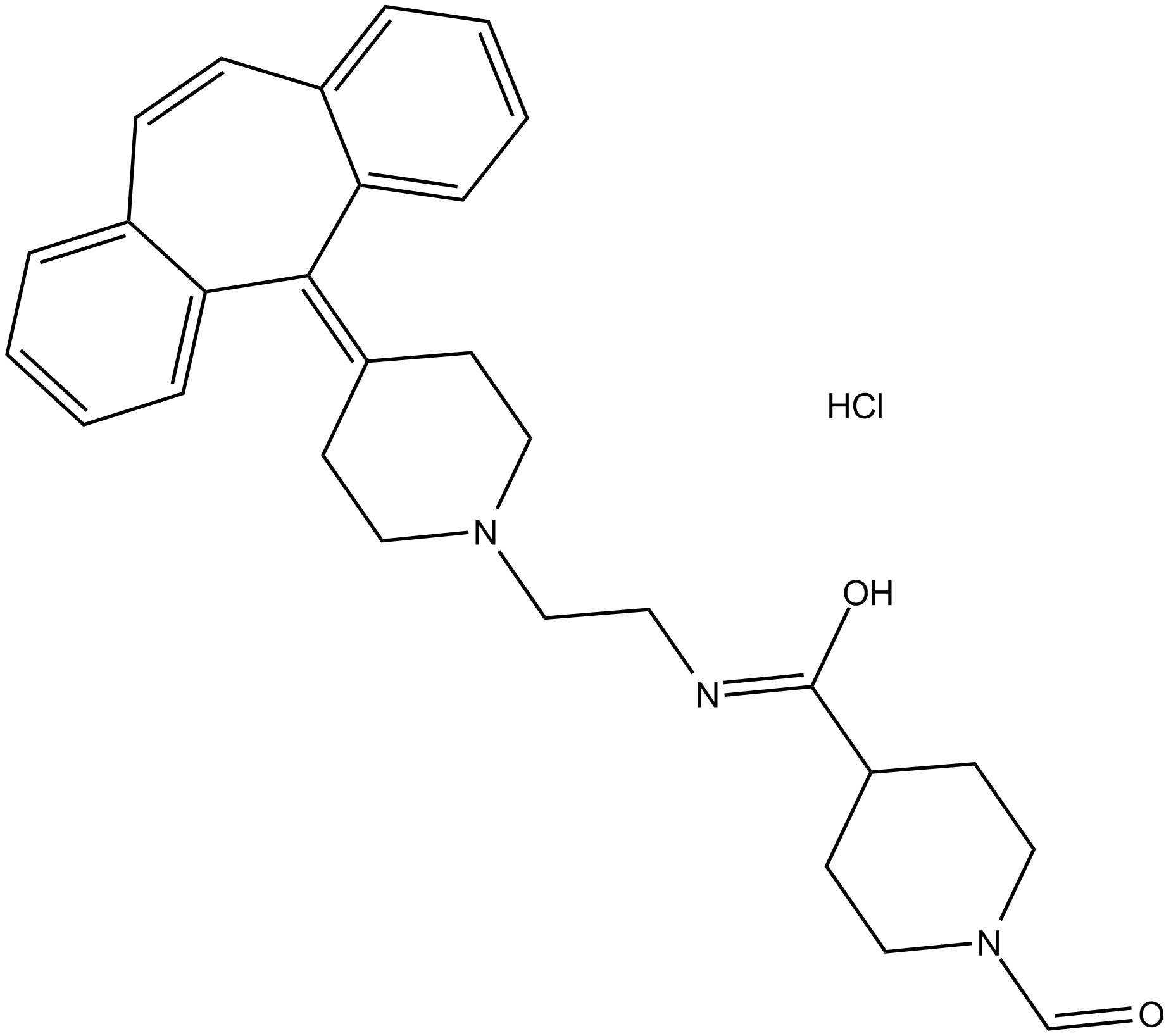 B5609 AT 1015Summary: Long-acting 5-HT2A antagonist
B5609 AT 1015Summary: Long-acting 5-HT2A antagonist


